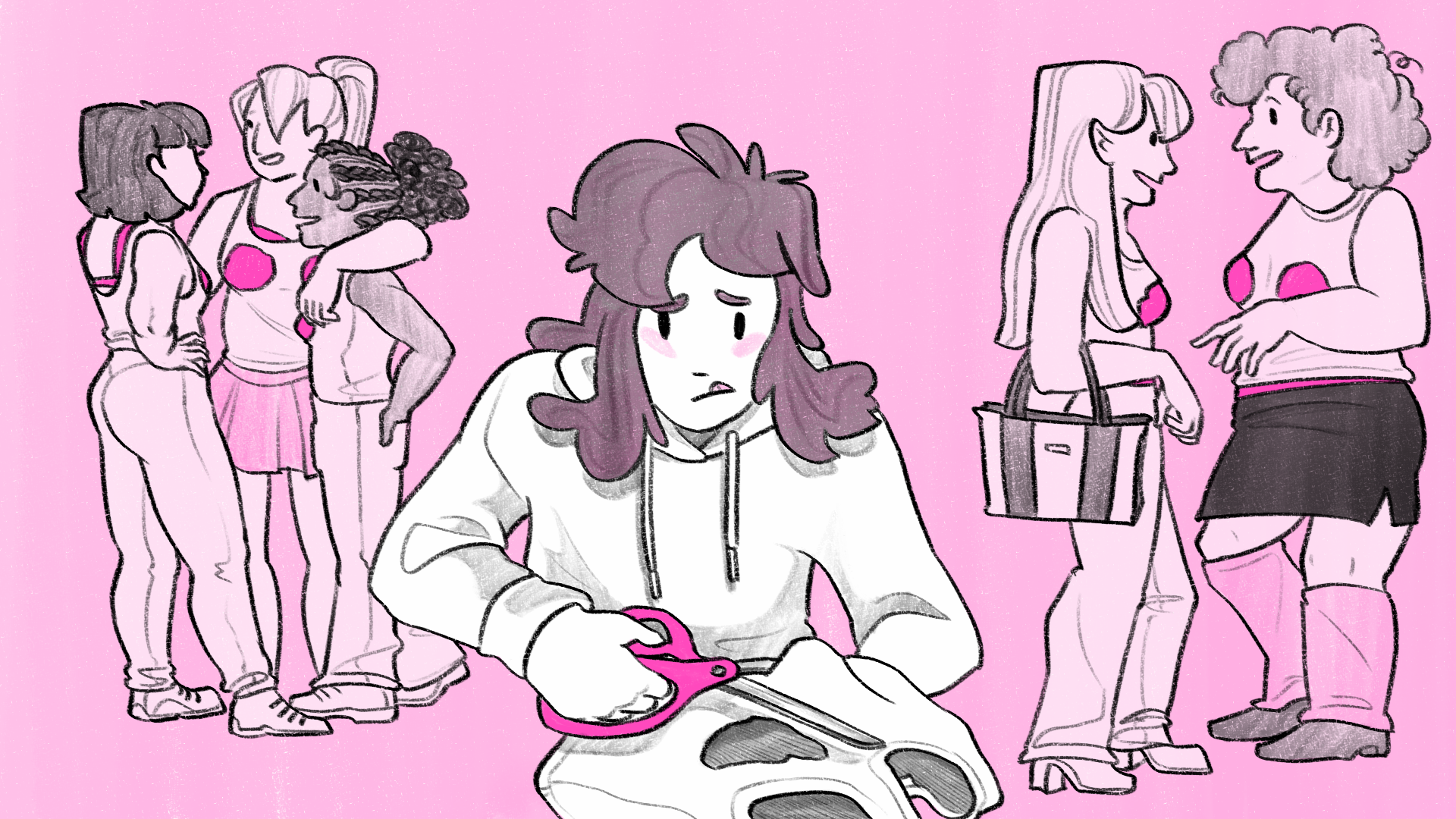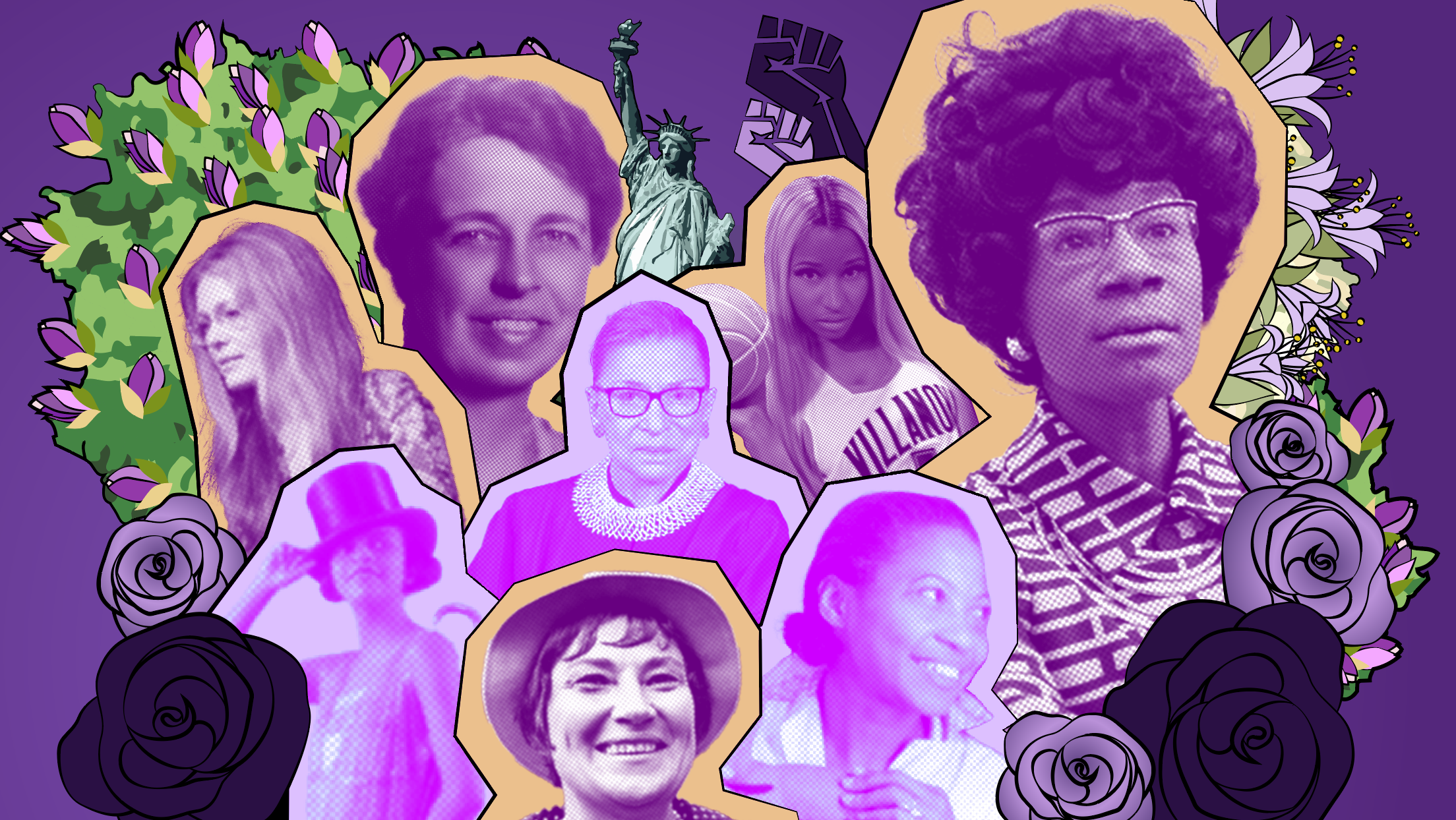When this spring’s Design Build students assembled in the back of 25 East 13th Street’s massive third floor studio for the first time, it didn’t matter if you were an architecture student or a liberal arts major: it was straight to work.
“We all came in the first day and really hit the ground running,” said senior Architectural Design student Rachel Ferrier. “Eric said ‘Alright, everyone sit down and make their own iteration of what this could be in like an hour.’ So each of us sat and kind of drew out what our vision was.”
Eric Feuster, professor and leader of the Parsons Street Seats project, is in his second year teaching Design Build: Urban Public Space. The class collaborates with the New York City Department of Transportation (DOT) to design and install an outdoor seating area, dubbed a “Street Seat” by the DOT, outside the University Center on 13th street. The team of 19 students receives $10,000 in funding ($5,000 from DOT and $5,000 from The New School) to bring the project to fruition.
The challenge and scale of the task means it is reserved for juniors and seniors, and is double the time commitment of a normal three-credit elective. Students said that the effort and time put into the class rivals what they put into their studio classes. A project manager for Pembrooke & Ives, Feuster says he runs Design Build like an architecture firm, with students collaborating on the design and then delegating individual construction roles.
“The only way this project is done is when people take ownership over different aspects of it, and to do that we function like a team. Like we’re one firm with multiple teams within it. It runs itself towards accountability — you have to show what you did in the past week. It’s not a class where you can kind of fade into the background and slide through because one, the demand, and two, everyone has a role.”
The class begins with each student presenting an individual design, which is then combined with other students’ in repeating cycles until two finalist designs are combined at the midterm. At this point, students divide into teams that range from tasks like lighting design, construction drawing, and planting, to social media and press. The roles complement the individual skills of students, who form a notably diverse group pulled from Parsons, Lang College, and the Schools of Public Engagement.
“It’s really about giving everyone the opportunity to be a part of this,” said Feuster. “But it’s also important to have a diverse skill set. Just because this is an architecture design studio, this is building a public park, which requires public outreach, you know, and press, to some degree. It requires a key design eye, and an understanding of human behavior. So I think opening it up to everybody is one, only fair, but two, makes the project stronger from that.”
Luca Dalla Chaiza, a Lang senior studying Culture and Media said, “You really have a huge role in in every aspect of it, from the design, to anything to do with its online presence and reaching out to other organizations, and getting the design adopted by actual parks. There’s a lot that you could offer and a lot that you have your own autonomy to build off of.”
Dalla Chaiza works on Street Seats’ press team, coordinating the project’s social media and public outreach. Despite this, he could be found joking around with senior Architectural Design students Mika Tumi from the drawing team, and Celine Hallier and Rachel Ferrier of the planting team. The time and commitment sunk into the class has bred a close-knit, friendly working environment.
“I’ve never worked, despite having been in architecture courses, despite having been in urban design courses. I’ve never learned to work with people in quite this way before, which is insane,” said senior Robbie Sylianteng, a Liberal Arts major at the Schools of Public Engagement. “Because this is really difficult, or it’s the most rewarding amount of work and type of work that I’ve done so far.”
Sylianteng is in lighting design, a technical-oriented team that works with MFA students and contracted electrical engineers to wire a self-sustaining lighting system for the installation. The grid will run completely on solar power, keeping the street seat illuminated well into the evening. This year’s design in particular will feature a motif of glowing boxes, wrapped in red canvas reused from the university’s water tower.
Outside experts have provided valuable input to all parts of the design, including DOT staff that visit the class regularly and oversee adherence to street regulations. These consultants, alongside Feuster, offer guidance and pushback to make sure the students’ vision can be realistically achieved.
In the last weeks of the course, Design Build shifts from designing to building, as students have the opportunity to physically fabricate and install the street seat. For students, this is the class’ most unique selling point; the lack of an outdoor campus at The New School makes it hard to offer similar programs and means the street seat is all the more special as a structure for the university and public.
“I think we all just wanted to have to build something that’s physically there, and in a large scale,” said senior Product Design student Queenie Huang. “Because for product design, we do build a lot of things, but they’re not, you know, the biggest size is probably like a table or a chair. But this is just a large-scale thing that we can interact with and experience.”
When the project started in 2015, it was an extracurricular spearheaded by then-assistant professor Nick Brensen and ten Parsons students (Brensen is now an adjunct professor.) The installation immediately garnered popularity among students, faculty, and the general public, earning it community board support and a spot as a Parsons elective. The impact of Street Seats on the community makes the long hours and hard labor worthwhile for students.
“It just feels like every minute is completely worth it, because you know it’s going to end up in something,” said Sylianteng. “We can actually do it in order to say something. Like, express emotion. It just becomes a medium, because you know that people are going to see it and touch it and interact with it.”







